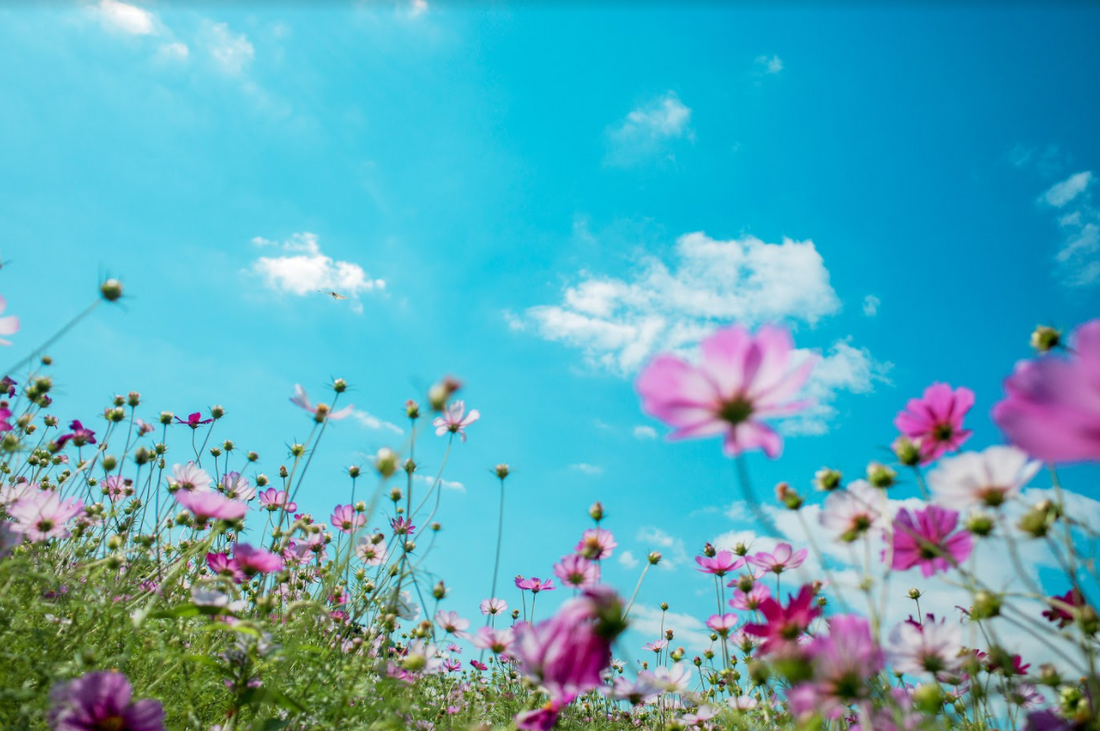By now the winter doldrums should have blossomed into the full flower of spring fever, and dreams of an extended period of outdoor activity should be lighting up the thoughts of veteran athlete and tender neophyte alike.
But seasonal change is also a good time to think about where you are going and how you are going to get there, particularly when it comes to your physical fitness and your own exercise and training routine. Here are some guidelines that might help in making the transition work best for you:
Goals:
It is not too early to set your objectives. If the big, long range ones seem too daunting, pick more friendly, closer goals that you can reasonably accomplish say, a fitness run, a 10K or a metric century ride before the Fourth of July or Labor Day. While there is nothing inherently wrong with selecting multiple and even grandiose goals, you will have a better time of it if you focus on goals that are compatible with your talent and temperament and that will require nothing more than a coherent, achievable lifestyle for yourself. Distinguish in your own mind the difference between real purpose and day dreaming.
Draft Your Routine:
Once you have decided where you want to be at some point down the way, develop a rough training program that will lead you there. If your goals include some specific race or event that entails a major effort, it should be easy enough to work backwards from it in setting a training program. This kind of scheduling is especially important for such a major challenge as a marathon or similar, singular athletic event in which proper preparation and training count for virtually everything.
Balance:
Some athletes, like normal people, sometimes have trouble keeping their quest for goals in check and in perspective. There is certainly something to be said for losing yourself to the enthusiasm of the moment and stepping beyond your own limitations. But in the end, the successful athlete keeps a healthy, internal equilibrium at the center.
Patience:
Perhaps the most difficult, most elusive virtue of the committed athlete with a goal-oriented agenda at any level is patience. Those very energies that charge you up to pursue a path are the very ones that tend to make you dissatisfied with the status quo. Yet patience is often the athlete’s most valuable internal strength. Knowing when to back off, when to taper, take a rest period, or a breather or a nap is typically a more critical sense than the ability to eke out just one more lap before packing it in for the day.
In Good Heath,
Bernard L. Gladieux, Jr.
President, The Pressure Positive Co.
